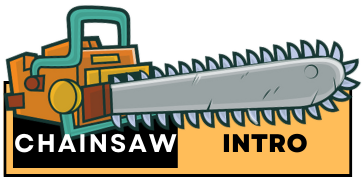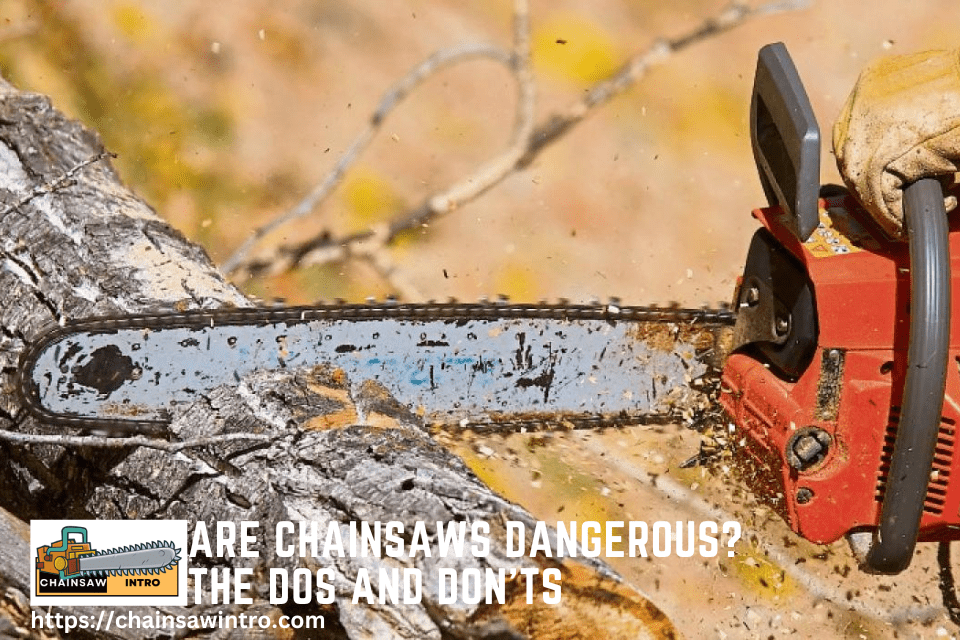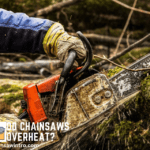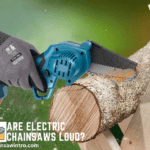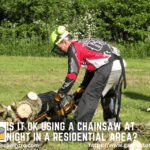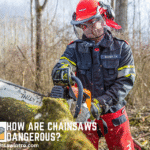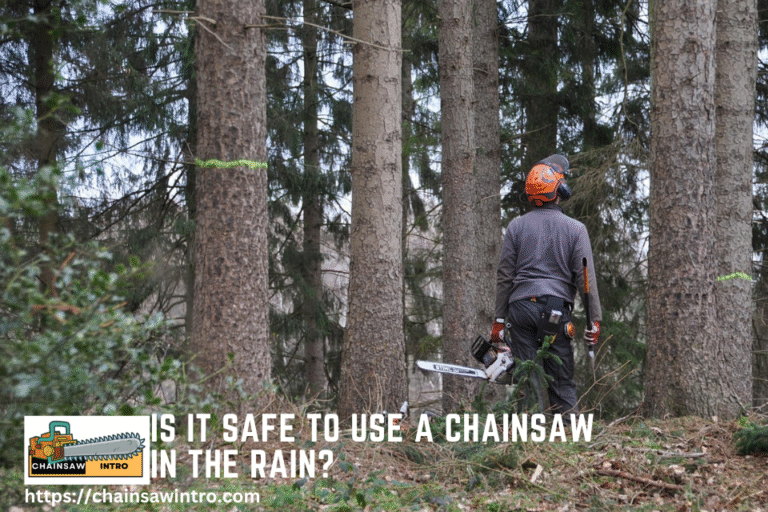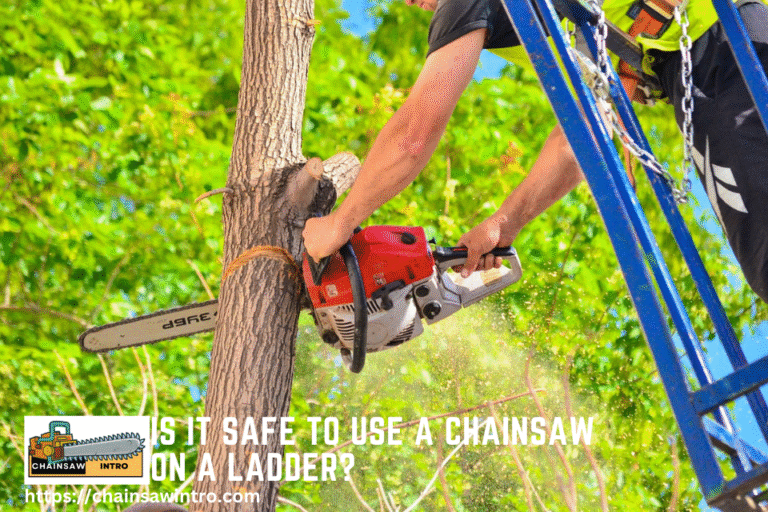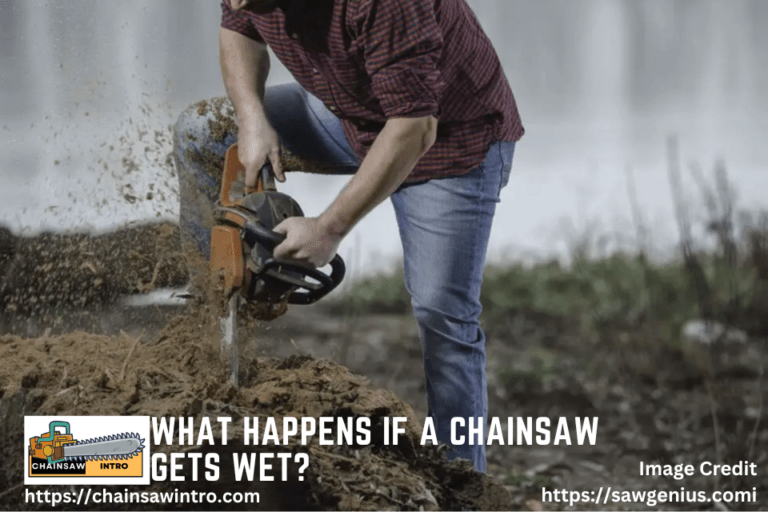Chainsaws are among the most powerful tools used in construction, landscaping, and forestry. While they are incredibly useful for cutting trees, trimming branches, or preparing firewood, chainsaws can also be extremely dangerous if not handled properly. Every year, thousands of accidents are reported worldwide due to chainsaw misuse, ranging from minor cuts to life-threatening injuries. Understanding the risks, following safety protocols, and knowing the dos and don’ts of chainsaw operation can significantly reduce hazards and help you work confidently and safely.
According to the Centers for Disease Control and Prevention, approximately 36,000 people are treated in hospital emergency departments annually for chainsaw-related injuries, highlighting the tool’s potential for harm. Recent data from 2018 to 2022 estimates that over 127,000 individuals sought emergency care for such accidents, underscoring the need for heightened awareness in chainsaw safety.
Chainsaw Safety Tips: The Dos and Don’ts
Why Chainsaws Are Considered Dangerous?
A chainsaw is designed with a fast-moving chain capable of cutting through hardwood with ease. This same power makes it risky for the operator. Kickback, loss of balance, poor grip, or even improper clothing can lead to severe injuries. According to safety statistics, chainsaw-related accidents most commonly affect the hands, legs, and face, often because of neglecting protective gear or attempting tasks beyond one’s skill level. In short, the danger doesn’t come from the tool itself—it comes from misuse or overconfidence.
The Dos of Chainsaw Safety
Wear Protective Gear – Always use chainsaw safety equipment, including gloves, steel-toe boots, protective chaps, ear protection, and a helmet with a face shield.
Inspect Before Use – Check the chain tension, bar oil, fuel levels, and ensure that safety features like the chain brake are functional.
Maintain a Firm Stance – Keep both feet firmly planted, and always hold the saw with two hands to maintain control.
Use the Right Chainsaw for the Job – Lightweight saws are better for trimming, while heavier, more powerful models are ideal for cutting large logs.
Cut Below Shoulder Height – Always work at a safe level to avoid losing balance and to maintain control of the tool.
Stay Alert and Focused – Only operate a chainsaw when you’re fully alert, sober, and not fatigued.
The Don’ts of Chainsaw Use
Don’t Rush the Job – Trying to cut too fast or forcing the saw through wood can cause dangerous mistakes.
Don’t Operate Without Training – If you’ve never used a chainsaw before, get proper instruction or supervision before attempting.
Don’t Ignore Kickback Risks – Avoid cutting with the tip of the chainsaw bar, as this is the most common cause of sudden kickbacks.
Don’t Use in Poor Conditions – Never operate a chainsaw in slippery, unstable, or poorly lit environments.
Don’t Cut Alone – Always have someone nearby in case of emergency, especially when working in remote areas.
Don’t Neglect Maintenance – A dull or improperly tensioned chain can increase the risk of accidents.
What are the Most Common Chainsaw Accidents?
Chainsaw accidents are surprisingly common, and can happen to anyone who is using this powerful tool. Here are some of the most common chainsaw accidents, and how you can avoid them:
1. Slip and fall accidents.
One of the most common ways people get hurt while using a chainsaw is by slipping and falling. This can be caused by wet or icy conditions, debris on the ground, or simply losing your footing. To avoid this type of accident, always wear proper footwear with good traction, and be aware of your surroundings when using a chainsaw.
2. Sudden stops.
Another common chainsaw accident is when the saw suddenly stops due to hitting a foreign object, like a rock or piece of metal. This can cause the operator to lose control of the saw, which can lead to serious injury.
Always inspect your work area before starting to use a chainsaw, and be prepared for sudden stops by wearing appropriate safety gear.
3. Kickback accidents.
One of the most dangerous types of chainsaw accidents is known as “kickback.” This happens when the chain suddenly catches on something and kicks back towards the operator’s face or body with great force.
Safety Features on a Chainsaw
Chainsaws are one of the most versatile and powerful tools that you can have in your arsenal. However, they can also be extremely dangerous if not used correctly. That’s why it’s important to always use caution when operating a chainsaw, and to be aware of the different safety features that are available on these devices.
Here are five safety features that you should look for on your chainsaw:
1. Chain Brake – This is a crucial safety feature that is designed to stop the chain from moving if it comes into contact with your body or another object. Most modern chainsaws will have an automatic chain brake that engages when the saw is turned on, but it’s always good to double-check before starting up your saw.
2. Kickback Guard – This is another important safety feature that helps to prevent kickbacks (when the chain suddenly stops and then reverses direction). A kickback guard helps to deflect the chain away from your body if a kickback does occur. 3. Low-Kickback Chain – Some chainsaws come equipped with low-kickback chains, which are designed to reduce the risk of kickbacks occurring in the first place.
What is the Safest Way to Use a Chainsaw?
When it comes to using a chainsaw, safety should always be your top priority. There are a few different ways you can use a chainsaw safely, and we’ve outlined some of the best tips below. Before you even start using your chainsaw, it’s important to do a quick safety check.
Make sure that the saw is in good condition and that all of the parts are properly secured. You should also wear the proper safety gear, including gloves, goggles, and ear protection. Once you’re ready to start using the saw, be aware of your surroundings.
Be sure to clear away any debris or branches that could get in your way as you’re working. And always keep an eye out for potential hazards, like power lines or other obstacles. As you’re cutting, be sure to maintain a firm grip on the saw at all times.
When you’re finished with a cut, release the trigger before setting the saw down so that it doesn’t accidentally turn on again. By following these simple tips, you can help ensure that you use your chainsaw safely and avoid any accidents or injuries.
Conclusion
So, are chainsaws dangerous? The short answer is yes—but only if they’re misused. With the right preparation, protective gear, and awareness of the dos and don’ts, chainsaws can be operated safely and effectively. Respect the power of the tool, practice safe handling techniques, and never underestimate the importance of maintenance. By following safety guidelines, you can greatly reduce risks and turn a potentially dangerous tool into a reliable ally for outdoor and woodworking projects.
Frequently Asked Questions
What is the biggest risk of using a chainsaw?
The biggest risk of using a chainsaw is kickback—when the chain at the tip of the guide bar suddenly jerks back toward the operator. Kickback can cause severe injuries to the face, neck, or upper body. This is why maintaining a firm grip, avoiding the tip of the bar, and using a chainsaw with safety features like a chain brake are essential.
Can a beginner use a chainsaw safely?
Yes, a beginner can use a chainsaw safely if they start with proper training, wear protective gear, and choose a lightweight model designed for ease of handling. Beginners should avoid large felling jobs and instead practice on small logs or branches under supervision.
How Common Are Chainsaw Injuries?
When it comes to power tools, there are very few injuries per hour when the tool is being used properly. However, chainsaws are dangerous enough that even a small number of injuries can be cause for concern. For example, in the year 2008, there were more than 28,000 chainsaw-related accidents reported to emergency rooms across the United States. This means that on average, 77 people were injured with chainsaws every day.
Should you use a chainsaw alone?
No, you should never use a chainsaw completely alone, especially for heavy cutting or tree felling. Always have someone nearby in case of an emergency. If that’s not possible, make sure to carry a mobile phone, first aid kit, and inform someone where you’ll be working.
How often should you sharpen a chainsaw chain?
A chainsaw chain should be sharpened every time you refuel or whenever you notice it producing fine dust instead of wood chips. A sharp chain not only cuts more efficiently but also reduces the risk of kickback and operator fatigue.
How Many People Have Died From Chainsaws?
According to the U.S. Consumer Product Safety Commission, there were nearly 80,000 injuries related to chainsaw use in 2012. And approximately one person per year is killed by a chainsaw kickback, with many more suffering severe injury.
Chainsaws are dangerous tools that can cause severe injury and even death if not used properly. Because of this, it is important to educate yourself about how to handle them safely. The best way to do this is by getting professional training from an experienced chainsaw user.
Is a Chainsaw the Most Dangerous Tool?
Chainsaws are one of the most dangerous tools that you can use. In the US, there are approximately 80,000 injuries related to chainsaw use per year. Some of these injuries are very minor, but others can be life-threatening. There are about 300 deaths from chainsaws each year.
Is a Chainsaw More Dangerous Than a Gun?
Chainsaws are more dangerous than guns because of the way they operate. The reason for this is that chainsaws require physical strength to operate and are prone to kickback. Chainsaws can also cause severe injury or death if used improperly.
Is a Chainsaw More Dangerous Than a Knife?
Chainsaws are more dangerous than knives because of the way they operate. The reason for this is that chainsaws require physical strength to operate and are prone to kickback. Chainsaws can also cause severe injury or death if used improperly.
I’ve spent the past 10+ years working with chainsaws in forestry, landscaping, and firewood preparation. Along the way, I’ve gained certifications in chainsaw operation and safety and built extensive experience with trusted brands like Stihl, Husqvarna, and Oregon. I enjoy sharing my knowledge through step-by-step guides, tool reviews, and safety advice so others can get the most from their chainsaws while staying safe on every job.
